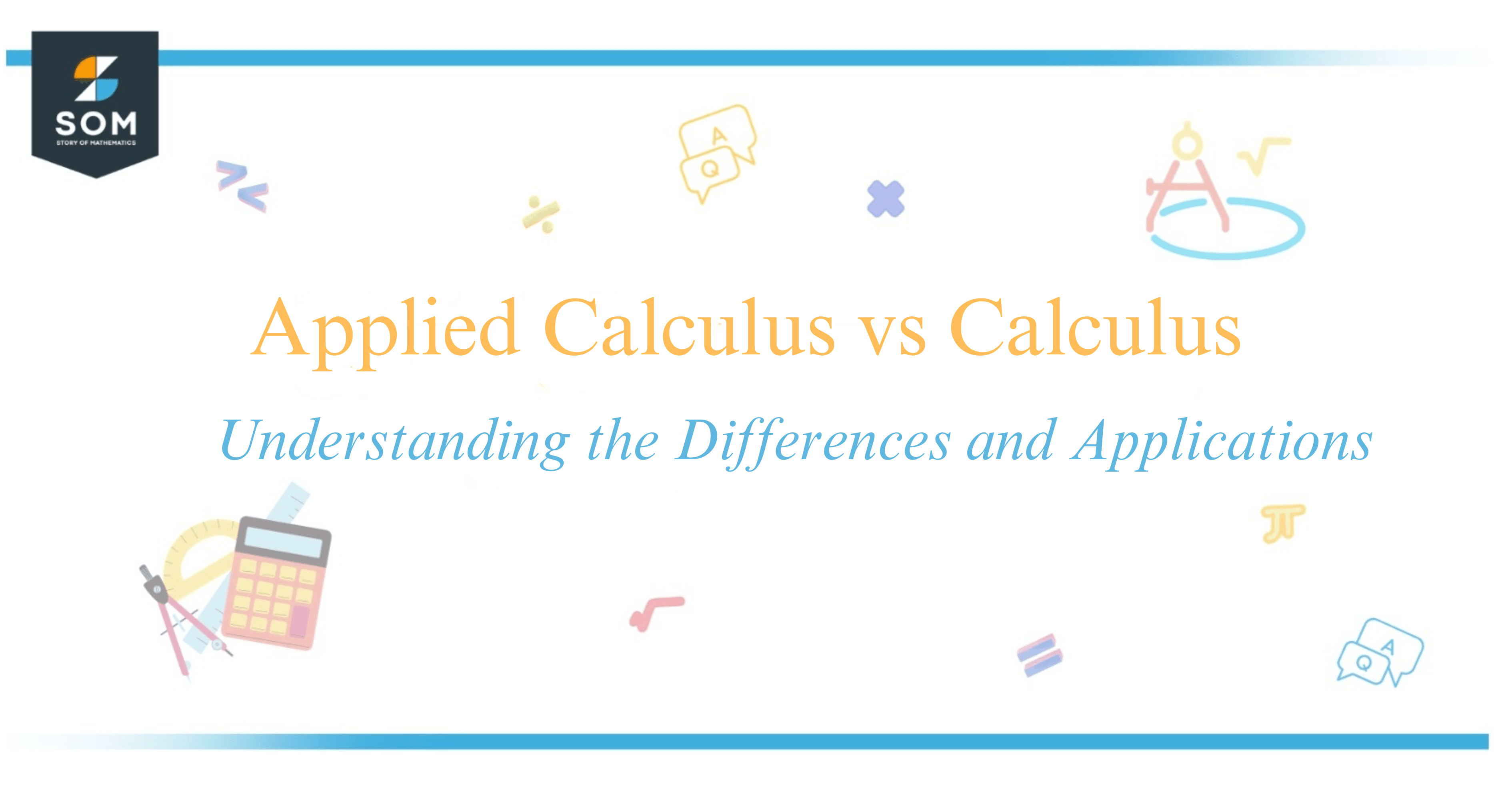
The applied calculus and calculus are two branches of mathematics that often get lumped together but have distinct differences and applications. Applied calculus, as its name suggests, is more about applying calculus concepts to real–world problems and tends to simplify the principles to focus on practical application.
On the other hand, calculus delves extensively into theoretical concepts, including advanced functions, derivatives, and integrals. It’s fascinating how these two approaches to understanding change and motion lay the foundation for fields as diverse as economics, engineering, and even medicine.
Stick around, and you’ll discover just how these mathematical disciplines power the world around us in different yet equally remarkable ways.
Main Differences Between Applied Calculus and Calculus
The main differences between Applied Calculus and Calculus are the depth and application of mathematical concepts. Applied Calculus focuses on practical applications, often using simplified models, while Calculus explores these concepts more thoroughly and abstractly.
In my examination of the two subjects, I’ve found that Calculus, often referred to as Calculus 1 in academic settings, is more comprehensive in its coverage of mathematical theory. It encompasses a full exploration of limits, derivatives, integrals, and series, and how they relate to functions.
Calculus dives into differential equations, and analytical geometry, and provides the groundwork for advanced studies in various sciences such as physics, chemistry, and engineering.
Conversely, Applied Calculus is tailored more toward students who require mathematics for practical use in fields like business, economics, and the life sciences. It bypasses the more complex parts of mathematical theory in favor of practical skills—for instance, linear functions, polynomial functions, and basic differential and integral calculus are taught with real-life applications in mind.
Calculus courses will generally cover topics that involve trigonometry, such as evaluating limits and integrals involving trigonometric functions ($\sin(x)$, $\cos(x)$). On the other hand, Business Calculus, a subset of Applied Calculus, often omits this aspect.
It rather includes elements like linear and polynomial functions, derivative applications, and basic integrals tailored to business and social science applications.
While both Calculus and Applied Calculus tackle differentiation and integration, the former goes into specifics such as partial derivatives, integral functions, and techniques like integration via substitution.
In contrast, Applied Calculus steers towards a more simplified approach, applying these concepts directly to construct and interpret mathematical models and graphs relevant to disciplines such as economics and the life sciences.
Conclusion
In my exploration of Applied Calculus and Calculus, I discovered that each serves distinct academic and professional purposes. I noted that Applied Calculus is tailored towards those who will apply mathematical concepts directly in fields like business, economics, or social sciences. It’s designed to impart a practical understanding of calculus, emphasizing applications over theoretical foundations.
Conversely, Calculus, commonly referred to as Calculus, is geared toward students who require a robust and comprehensive grasp of mathematical principles, as it is crucial for disciplines such as mathematics, engineering, or the physical sciences. This course delves into trigonometry, differential equations, and function analysis with more rigor than its applied counterpart.
To determine the right path, I considered these differences crucial. Applied Calculus was my pick because my interest lies in real-world applications. However, for those embarking on a journey in scientific or technical domains where advanced mathematical proficiency is paramount, Calculus 1 would undoubtedly be the appropriate choice.
In essence, my choice hinged on the end goals of my academic and career trajectory. The selection between the two calculus paths is not about difficulty level but aligning the course with future requirements. Through this process, I acknowledged that both types of calculus are equally important; the decision is inherently personal and should be made after careful consideration of one’s long–term objectives.
